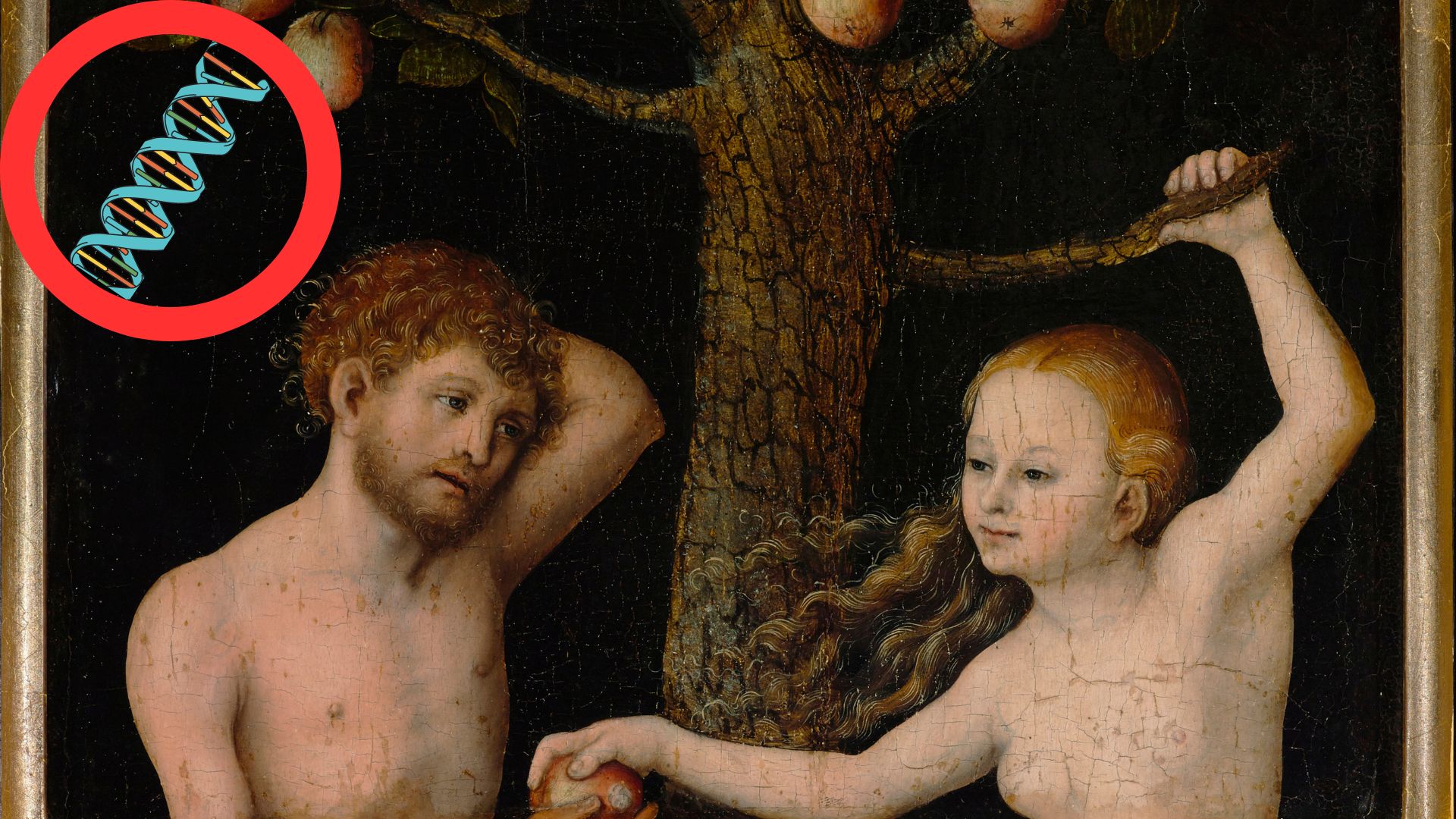The Bible has taught us for centuries that all humans derive from Adam and Eve. However, scientists have since proved this incorrect and revealed that we stem from another common ancestor.
We all derive from a single-cell organism known as LUCA, with scientists suggesting that we share our DNA with a variety of organisms, from really small bacteria to larger animals.
The Last Universal Common Ancestor

Every single living thing on Earth, whether that is humans or plants growing in the ground, derives from one common ancestor. This is known as LUCA, an acronym for the Last Universal Common Ancestor.
Scientists believe this is a tiny and essential organism that is the forefather of things varying in size, from very small bacteria to the blue whale.
LUCA Is Older Than Previously Thought
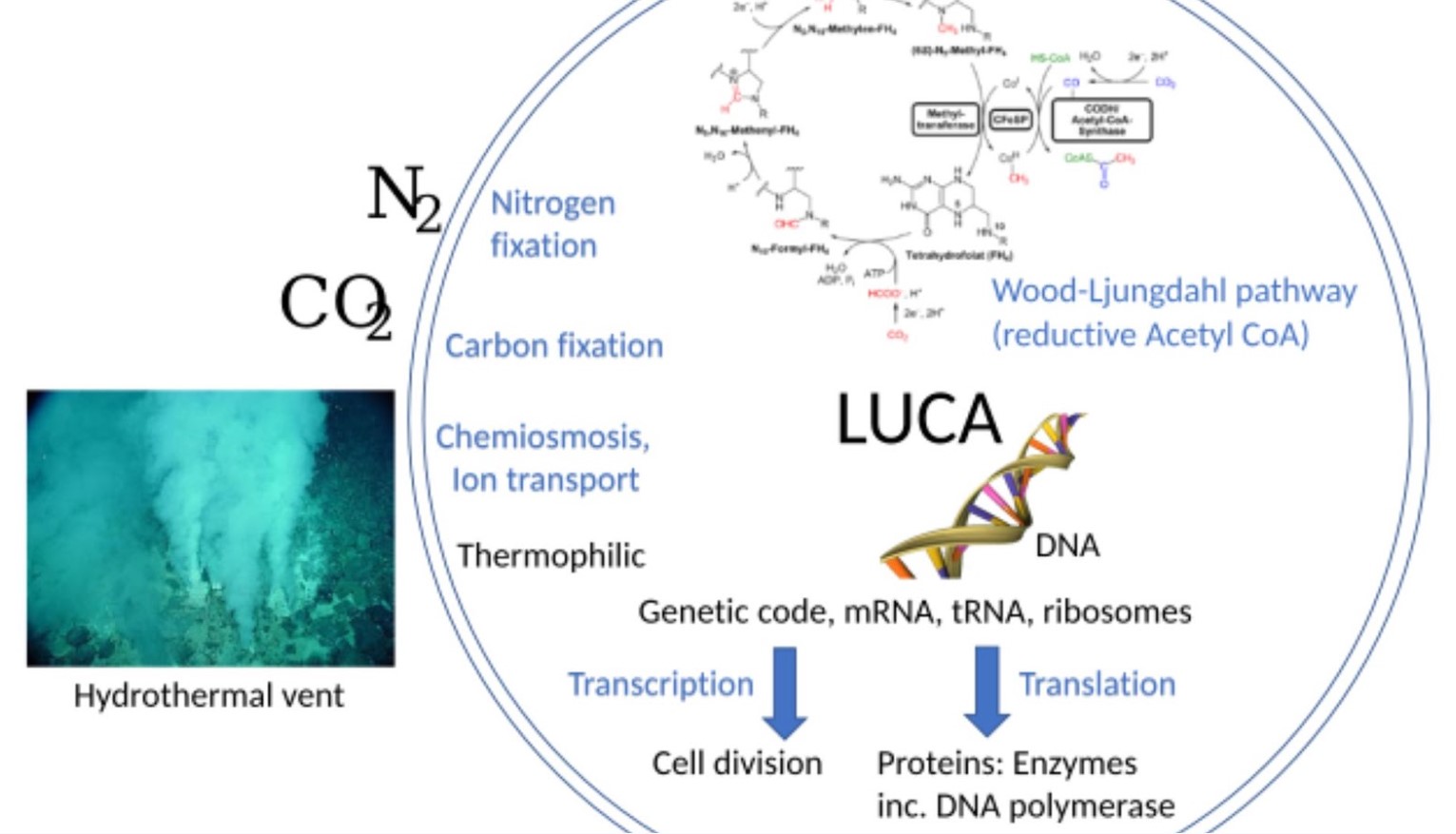
Scientists have recently been studying LUCA in depth and have found that it is older than previously thought. Previous research suggested that LUCA emerged 4 billion years ago, which is 600 million years after Earth was formed.
However, the new research suggests that LUCA was on Earth around 400 million years earlier than previously thought. This means it was around during the Hadeon Eon.
The Hadeon Eon
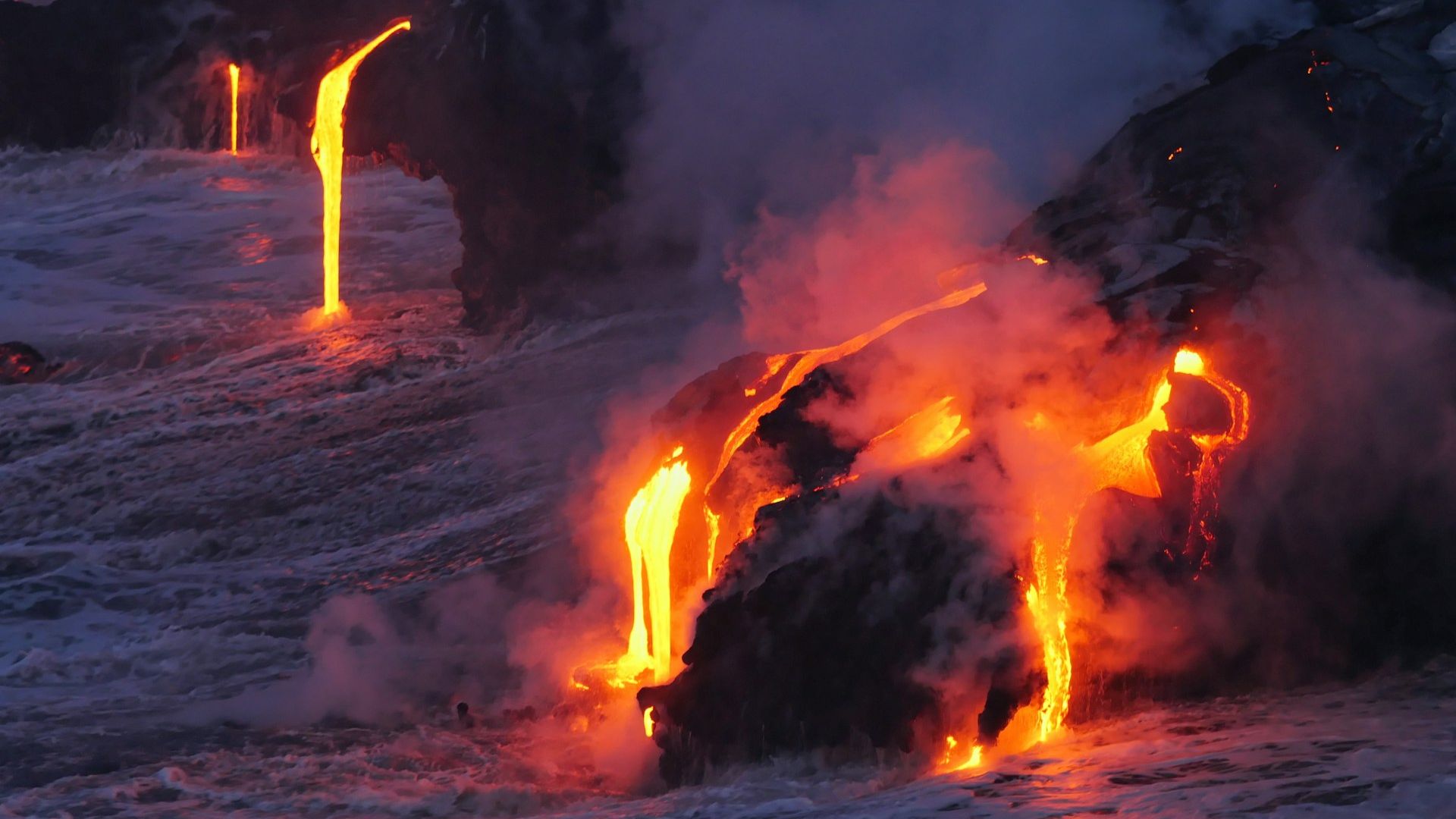
The Hadeon Eon, named after the Greek God of the underworld, marks the first of four geological stages in the Earth’s evolution.
This era is when dust and gas that orbited the Sun would form into a molten mass. The Hadeon Eon lasted from 4.5 to 4 billion years ago.
LUCA Is the Root of Everything
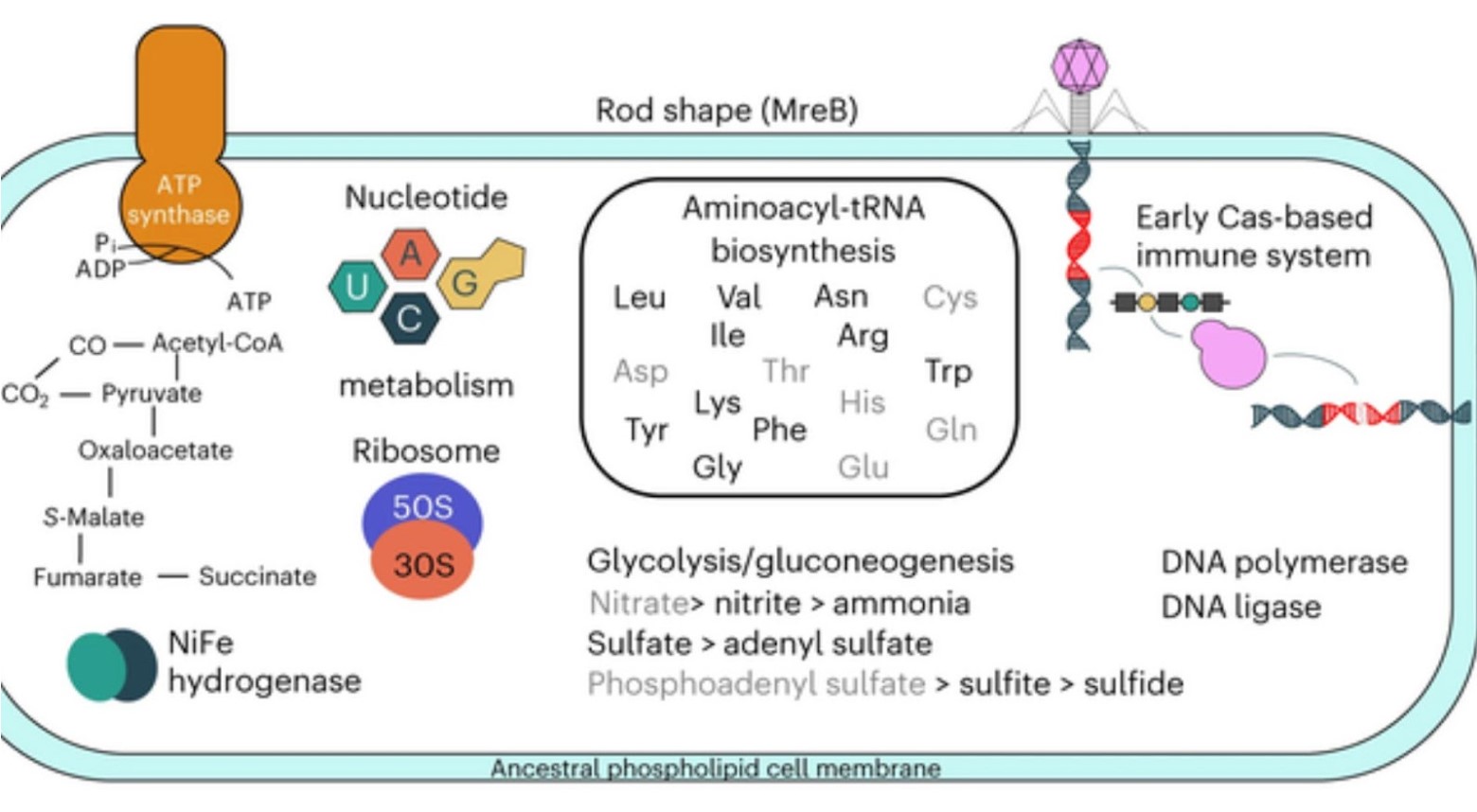
LUCA is the root of everything and is split into three groups: Bacteria, Archaea and Eukarya. Over time, life as we know it today has been able to evolve from several different sources.
This includes amino acids that are used to build proteins in cellular organisms, shared energy currency, cellular machinery such as ribosomes and cellular life using DNA to store information.
Genes Are Complicated
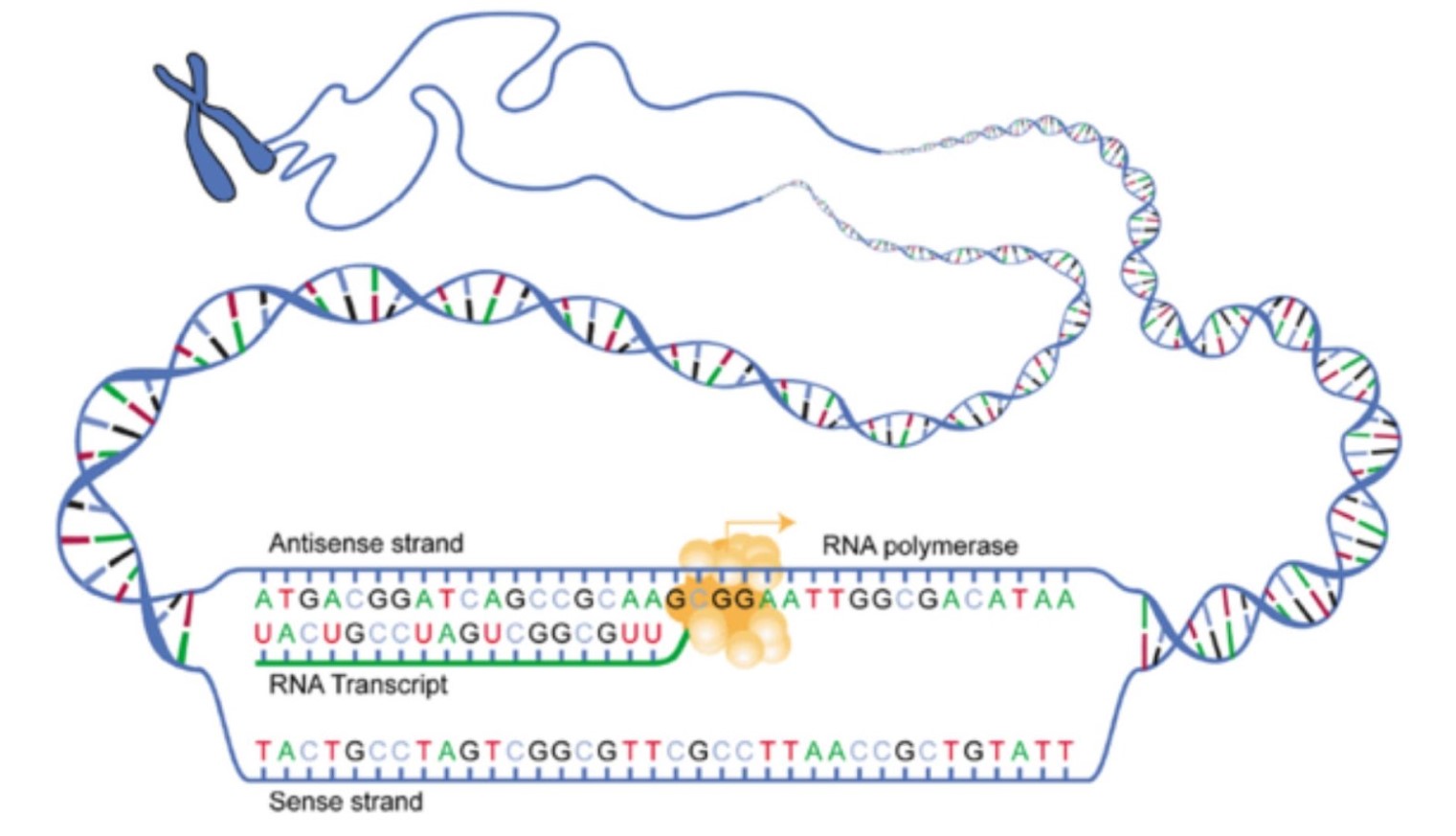
Genes are a complicated thing to study, so when the scientists had to look back through millions of years worth of genetic mutations, this wasn’t an easy task.
This is because, throughout history, genes have either been lost, gained or swapped between branches. This meant a complicated model had to be created to be able to study them.
Calculating When LUCA Was Born
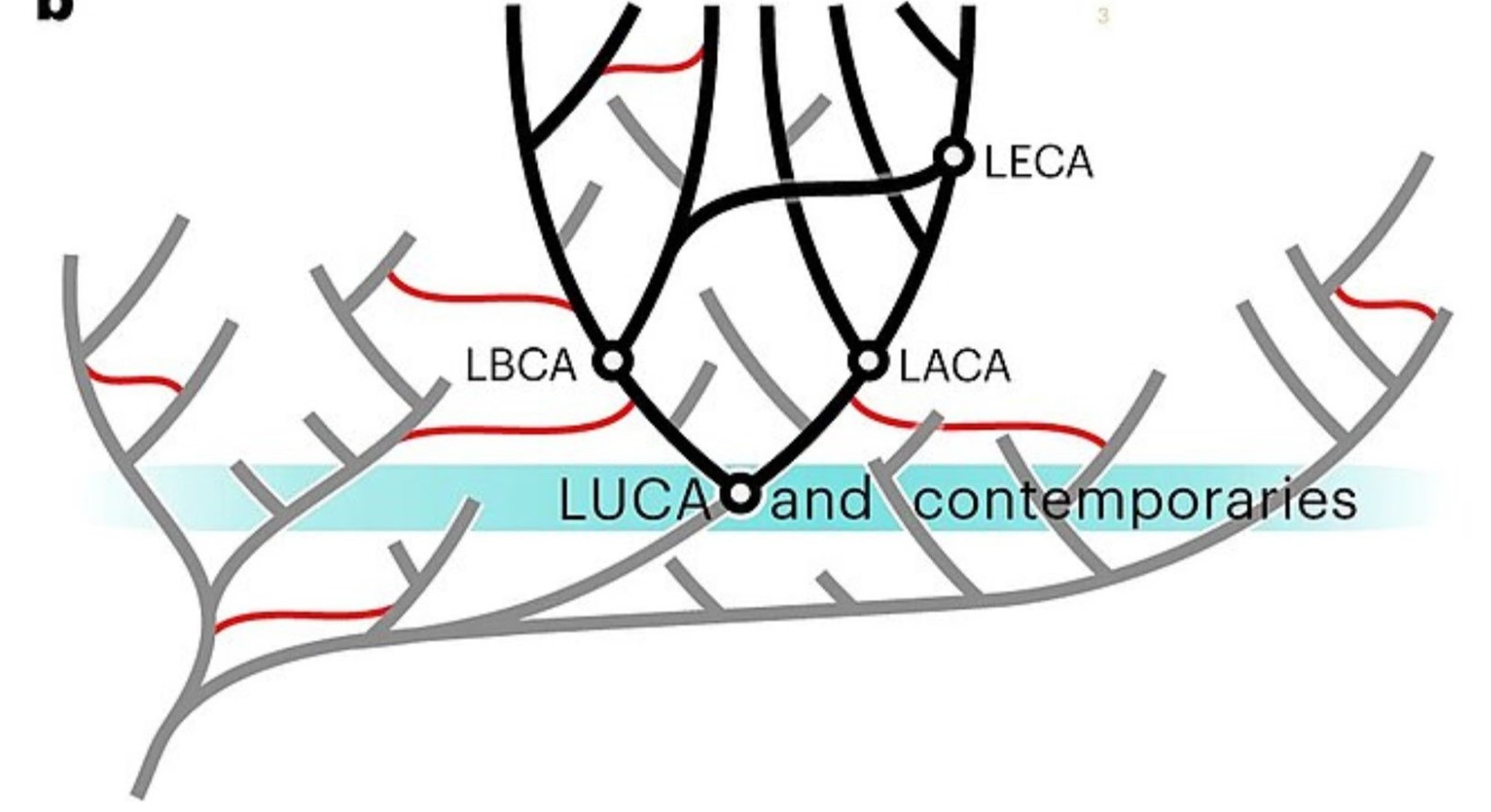
The scientists used one particular method to calculate when LUCA was born. They compared the genes in genomes of living species and counted the number of mutations that have happened since sharing LUCA as an ancestor.
As the time of separation from some species is only known from the fossil records, the scientists used a genetic equivalent of the familiar equation to calculate the speed in physics, which reached 4.2 billion years ago.
Working Backward
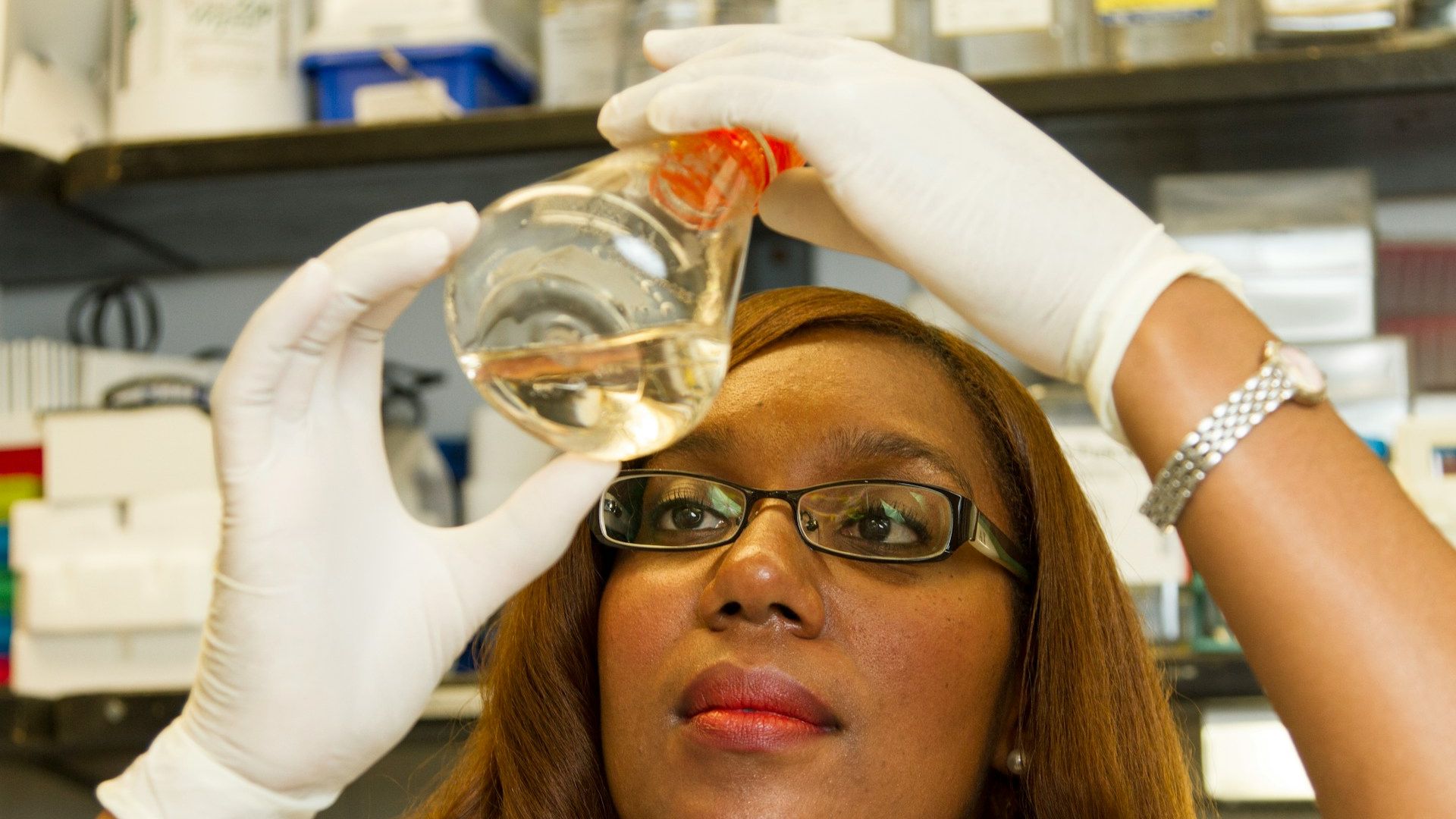
The study was conducted by an international team based in the United Kingdom, the Netherlands, Hungary and Japan.
The team said they had to “work backward” to “zero in on exactly when LUCA appeared on Earth.”
Evidence of LUCA
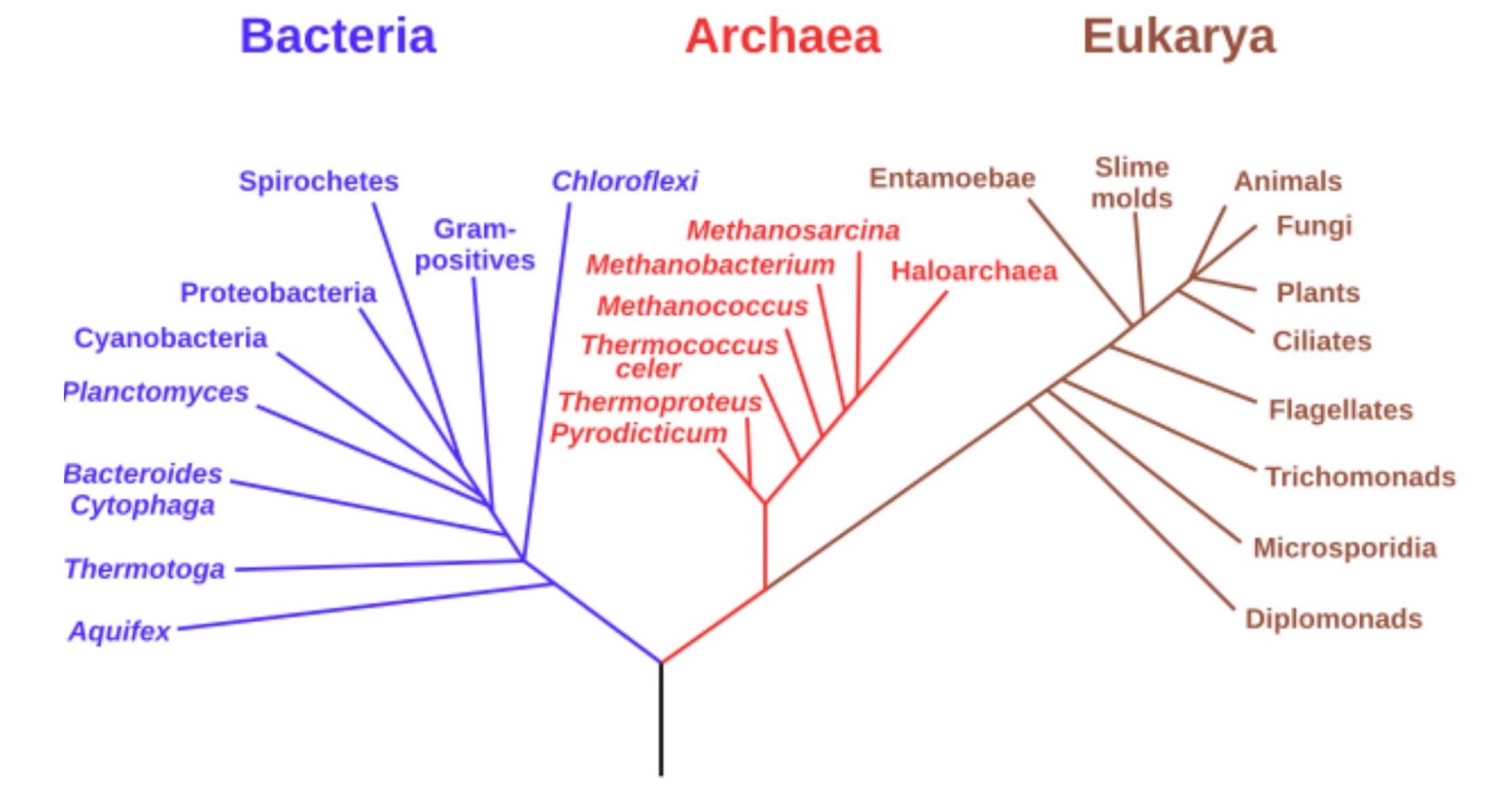
In addition to figuring out when LUCA began its existence, scientists have also been trying to work out where LUCA lived. It is believed it was hidden deep underground in iron-sulfur-rich hydrothermal vents.
It was both anaerobic and autotrophic, meaning it didn’t breathe air and had to make its food from the environment around it, which was dark and metallic. Its ability to have a metabolism also depended on hydrogen, carbon dioxide and nitrogen, which would turn into compounds, such as ammonia.
What Are Phylogenetics?
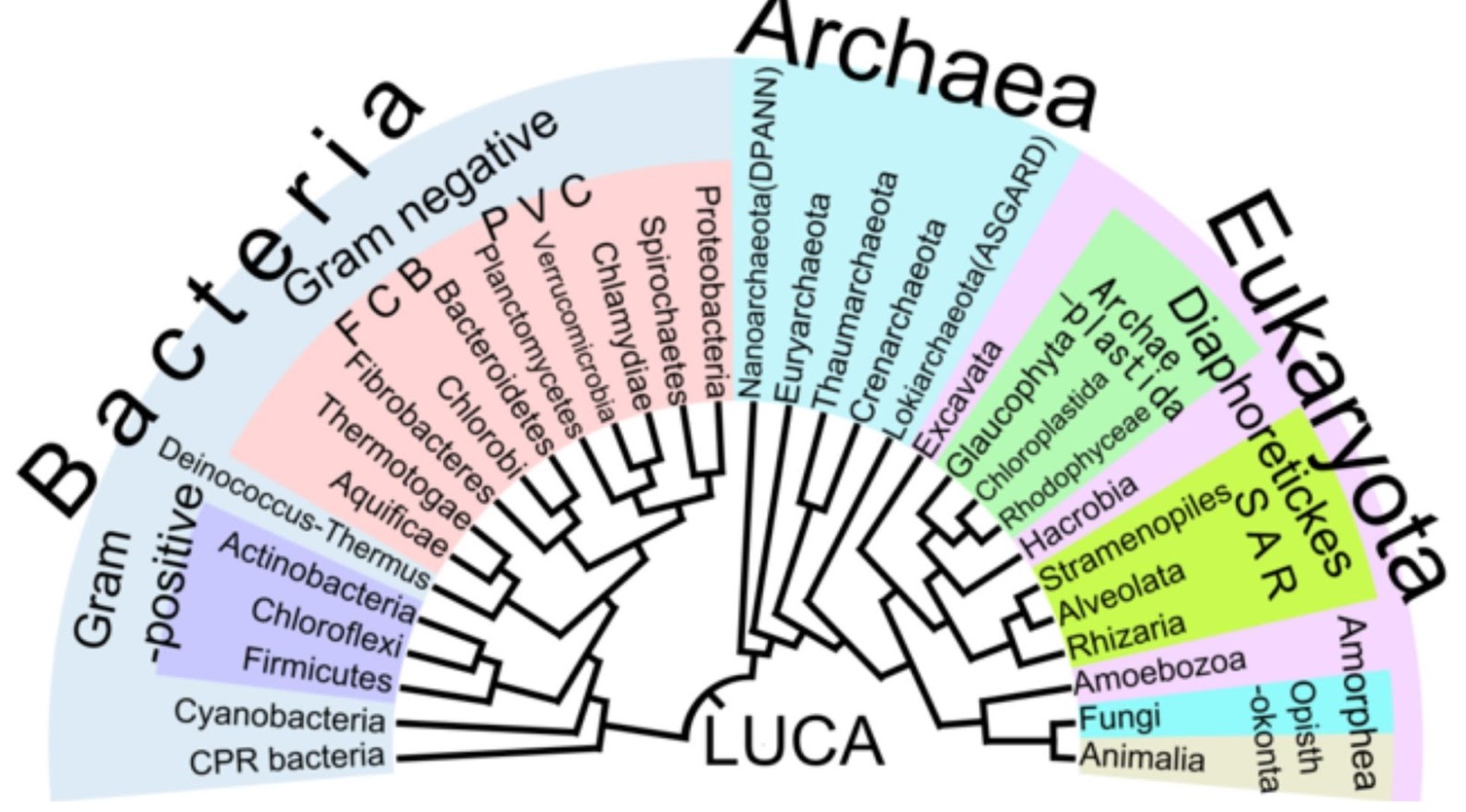
Phylogenetics is the study of the genetic tree of life, which looks at genetic relationships and the evolutionary history of organisms.
The technology needed to sequence genomes and build up genetic libraries has grown rapidly over the last two decades. This has enabled scientists to study genes in more detail than ever before.
What the Scientists Discovered
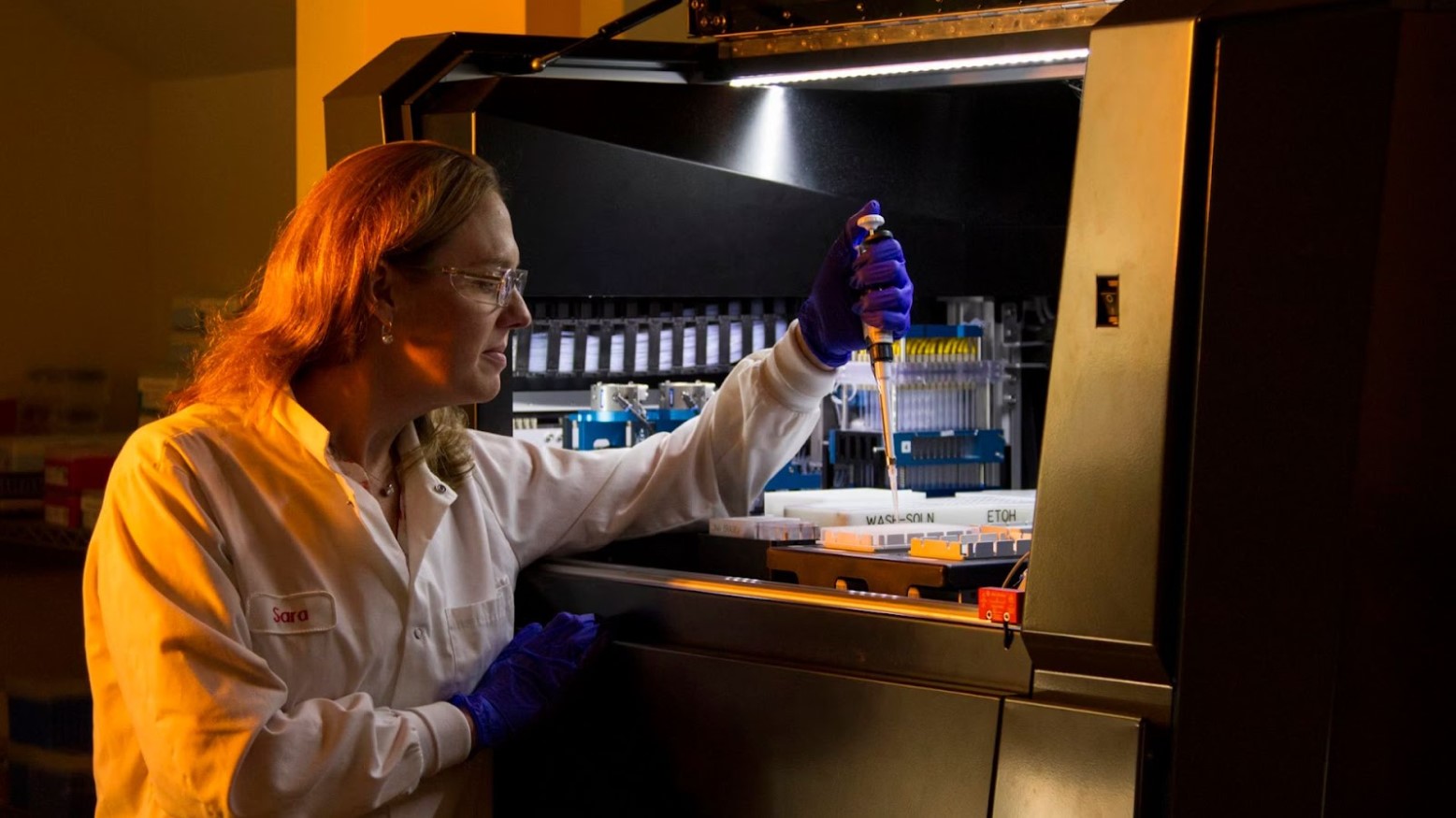
The results of the study discovered that LUCA was a prokaryote-grade anaerobic acetogen and also possessed an early immune system. They also found that it didn’t live in isolation and instead had its own ecosystem.
The scientists were also able to discover that LUCA’s metabolism was likely able to provide a niche for other microbial community members and hydrogen by recycling atmospheric photochemistry that likely supported an early ecosystem.
A Complex Organism
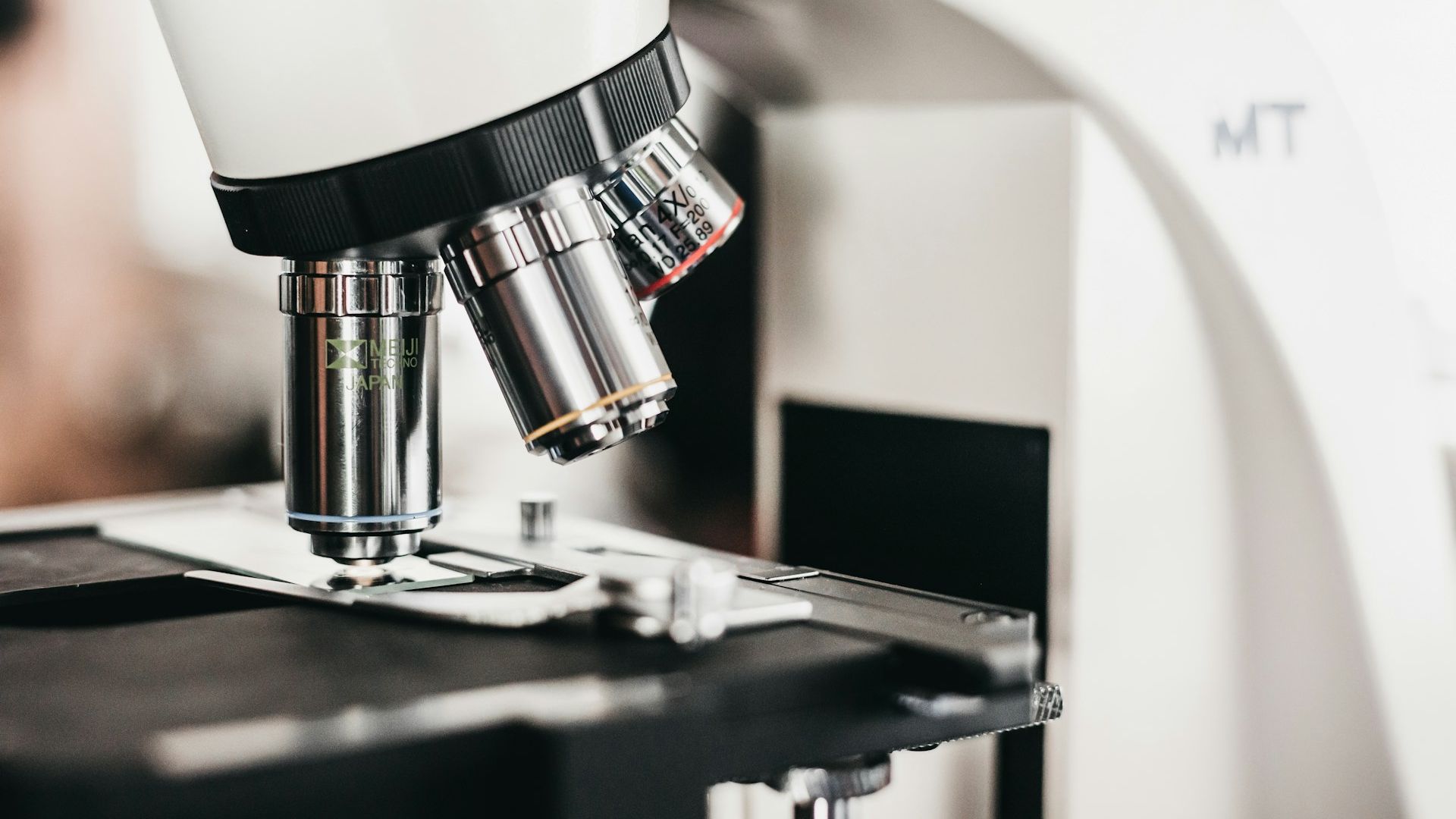
LUCA was a complex species that was able to produce energy from acetogenesis.
Acetogenesis is a process of converting hydrogen and carbon dioxide into energy. The presence of an immune system in LUCA also establishes that this organism was able to withstand the harsh conditions of the Hadeon Eon.
LUCA Has Been Around Longer
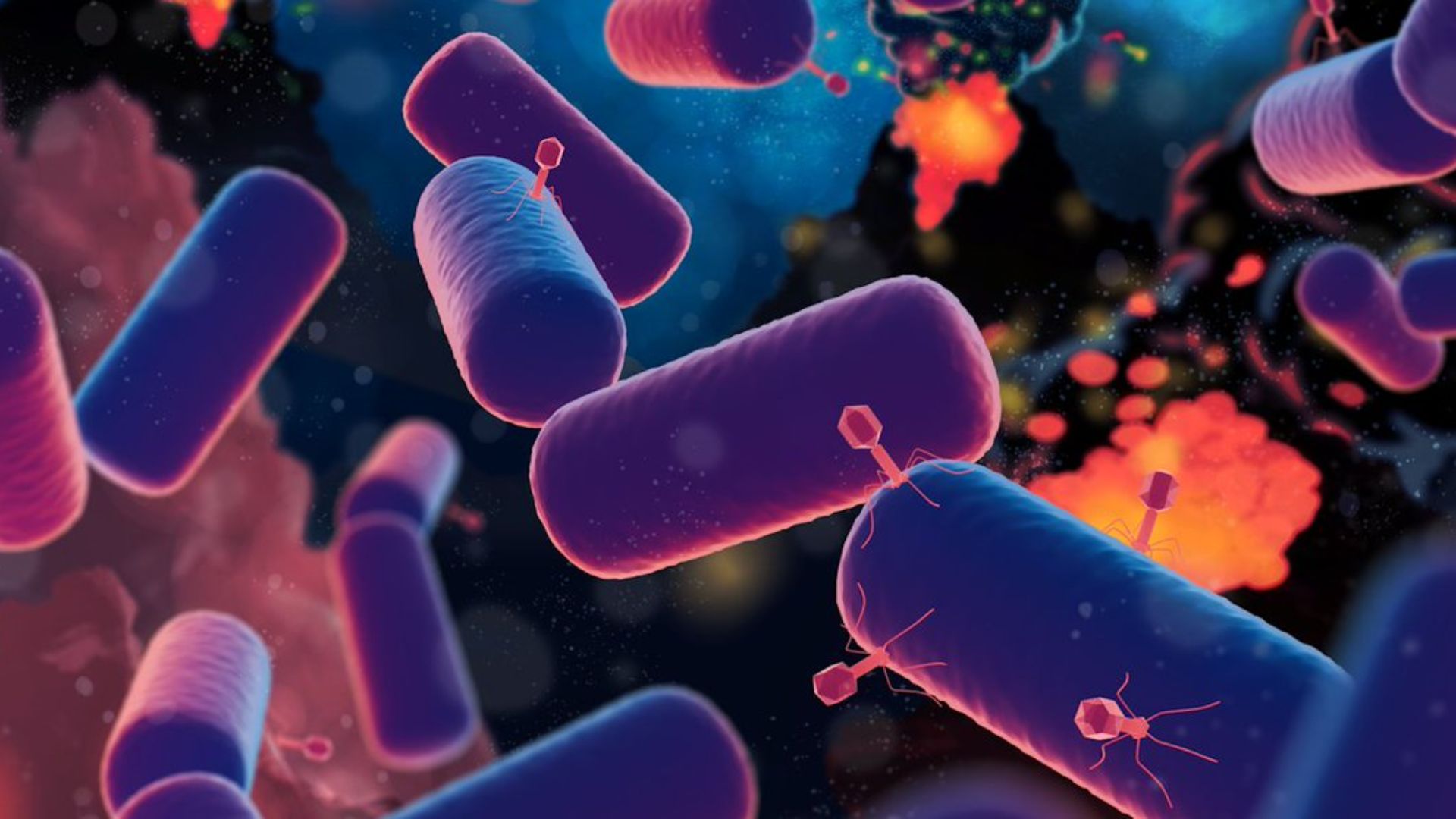
The study revealed that life began on Earth much earlier than we thought.
Scientists thought life on Earth began after the Hadeon Eon (about 3.8 billion years ago). They believed life aligned with the Earth’s cooling phase because the oldest known fossil dates back to this period.
Inhospitable Conditions

Scientists previously thought that the Hadeon Eon was not hospitable to life on Earth.
This is because the planet accumulated dust and gas, forming a boiling sphere devoid of stable landmasses or oceans. The surface was predominantly molten rock and often underwent intense meteorite bombardments. It is no surprise that scientists thought that this environment could not sustain any life.
Unexpected Findings

The study’s researchers did not anticipate the resilience of early life forms.
“We did not expect LUCA to be so old, within just hundreds of millions of years of Earth formation,” said Dr. Sandra Álvarez-Carretero from the University of Bristol.
The Simplicity of Evolving Life

Before this study, life evolving as it did billions of years ago was presumed to be a complicated process due to the amount of time it took for various organisms to evolve.
However, as LUCA evolved so early on and a lot quicker after the formation of Earth than previously thought, it proves that the process of evolution is a lot simpler than previously thought.
LUCA Didn’t Live Alone
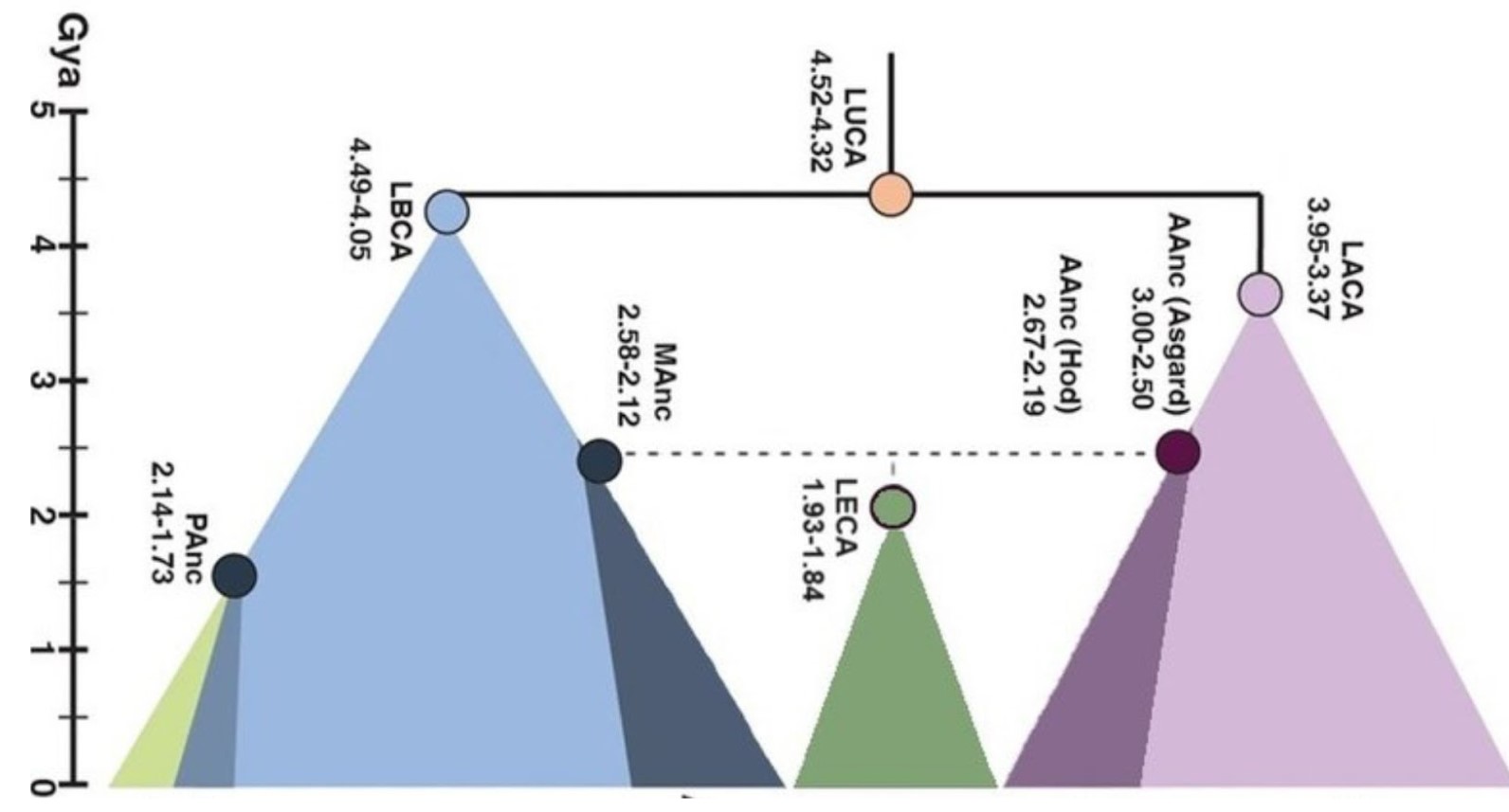
It is believed that LUCA didn’t live alone. The waste that it produced was likely eaten by other microbes, such as methanogens, that would have worked together to create a recycling ecosystem.
LUCA was also able to exploit and change its environment, with scientists looking to gain further knowledge into how it did this.
What the Study Means

These findings are important for several reasons.
The new timeline shows how quickly life emerged when the Earth formed. The appearance of LUCA at 4.2 billion years ago suggests that life formed as soon as the planet became minimally hospitable.
The Speed of Early Ecosystems

The research team would never have discovered the rapidity of LUCA’s development without using multiple approaches.
“Our work draws together data and methods from multiple disciplines, revealing insight into the early Earth and life that could not be achieved by any one discipline alone,” said Professor Philip Donoghue from the University of Bristol. “It demonstrates just how quickly an ecosystem was established on early Earth.”
Complex Life on Earth
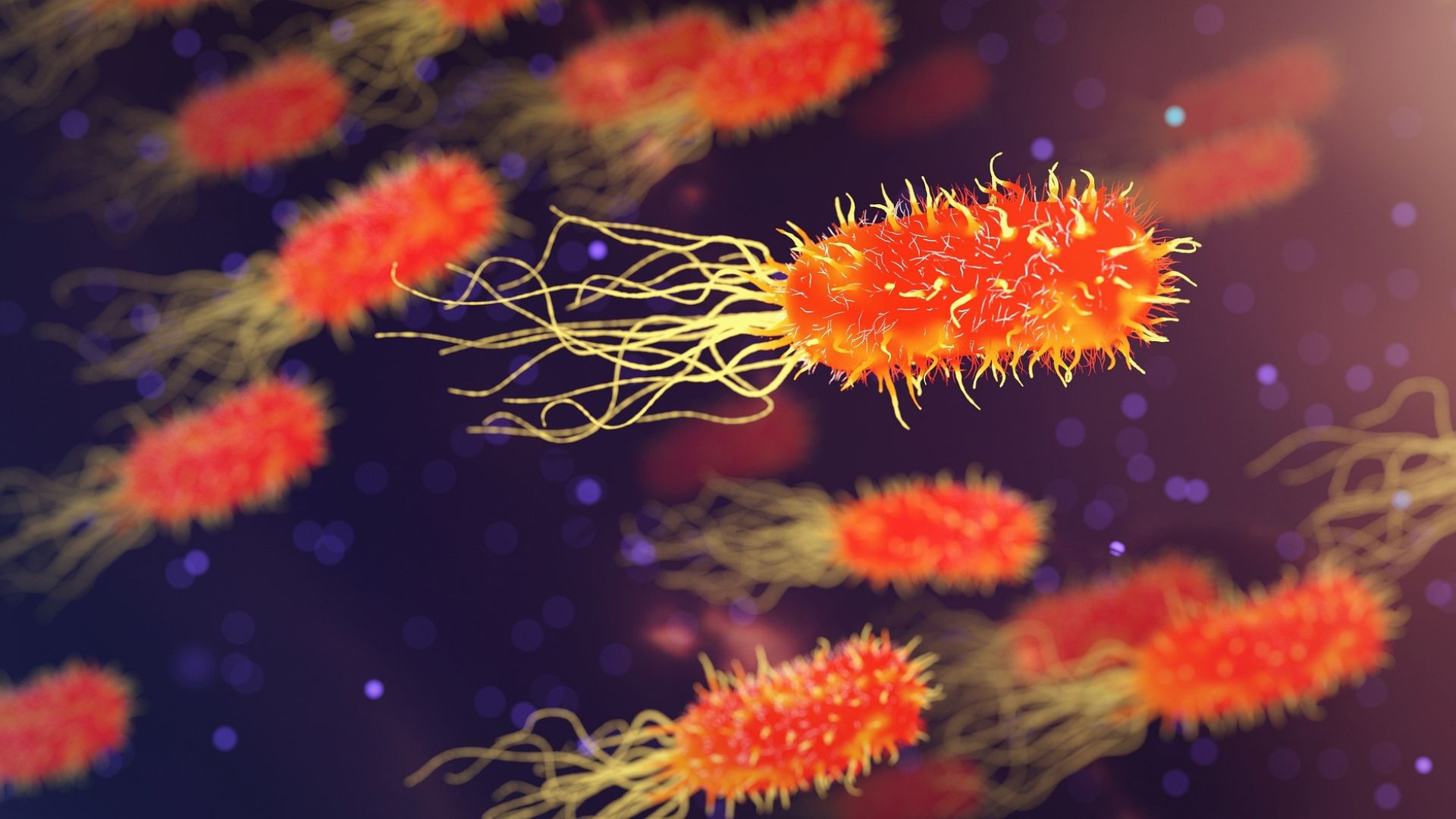
These newly discovered characteristics of LUCA demonstrate that primitive life was more complex than we thought.
Rather than the simple forms of life that scientists imagined early forms of life would be, the opposite is true. LUCA’s immune system and other traits illustrate that life itself is inherently complex and always has been.
A War Against Viruses

Much like our way of life nowadays, an integral part of survival is fending off sickness and disease.
The fact that LUCA had an immune system highlights a similar evolutionary arms race between early life forms and the pathogens that would have harmed them. Evidence that LUCA fought against diseases has shaped the entire history of life on Earth.
Life on Other Planets
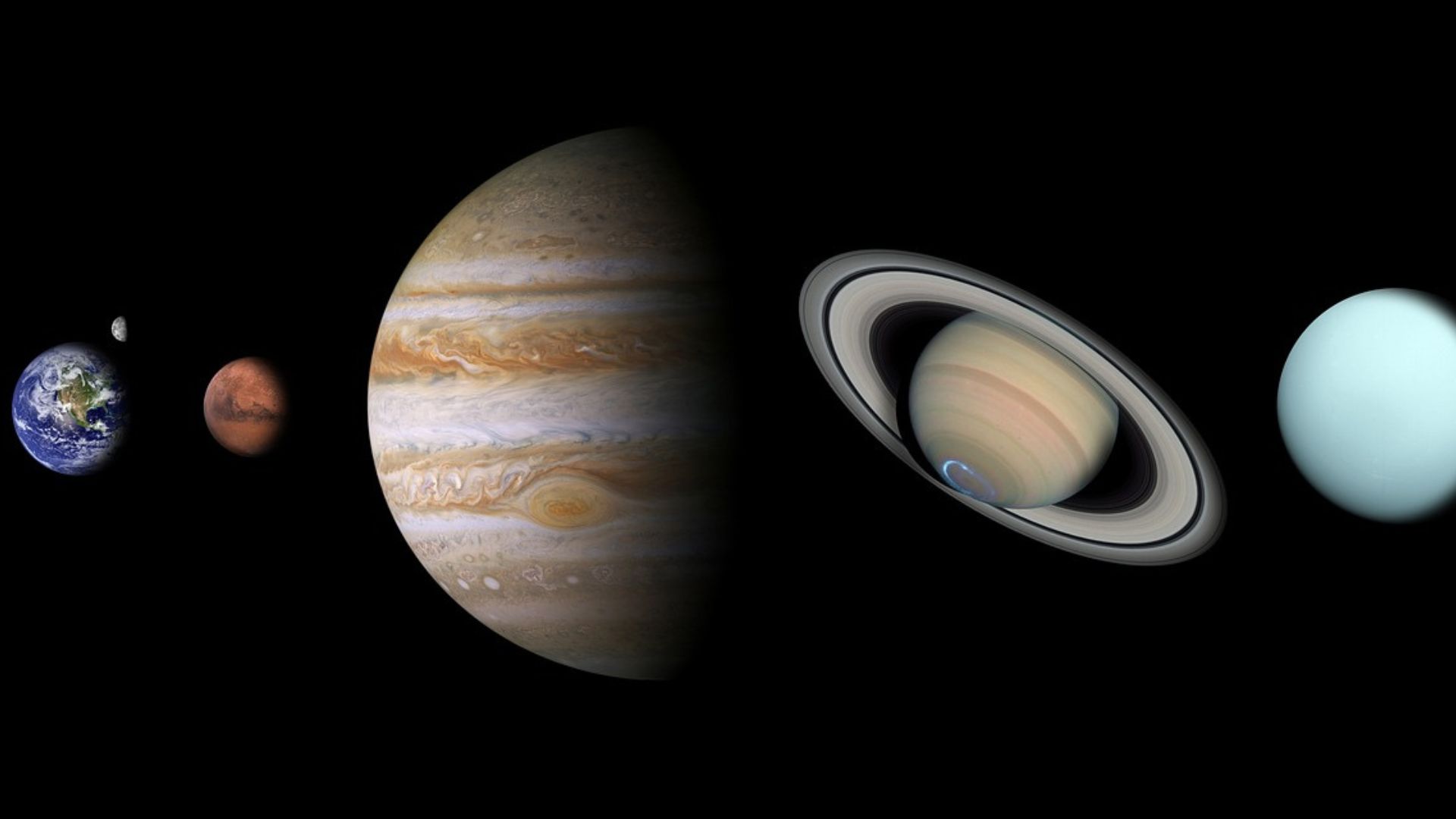
The fact that life could sustain itself in what we thought were inhospitable conditions means that we can apply this knowledge outward.
With this conclusion comes the implication that other planets with similar conditions to the Hadeon Eon could also have early forms of life living on them.
Flourishing Biospheres

This study doesn’t just change what we know about LUCA. It also informs us of what life is like on other Earth-like biospheres throughout the Universe.
It is believed that these biospheres are flourishing as a result of LUCA, but further research will be needed to see how much they are thriving, or if they are flourishing at all.
Future Studies

Professor Anja Spang, a researcher at the Royal Netherlands Institute for Sea Research, said the work from this study could be applied to future research.
Spang said: “The findings and methods employed in this work will also inform future studies that look in more detail into the subsequent evolution of prokaryotes in light of Earth history.”
